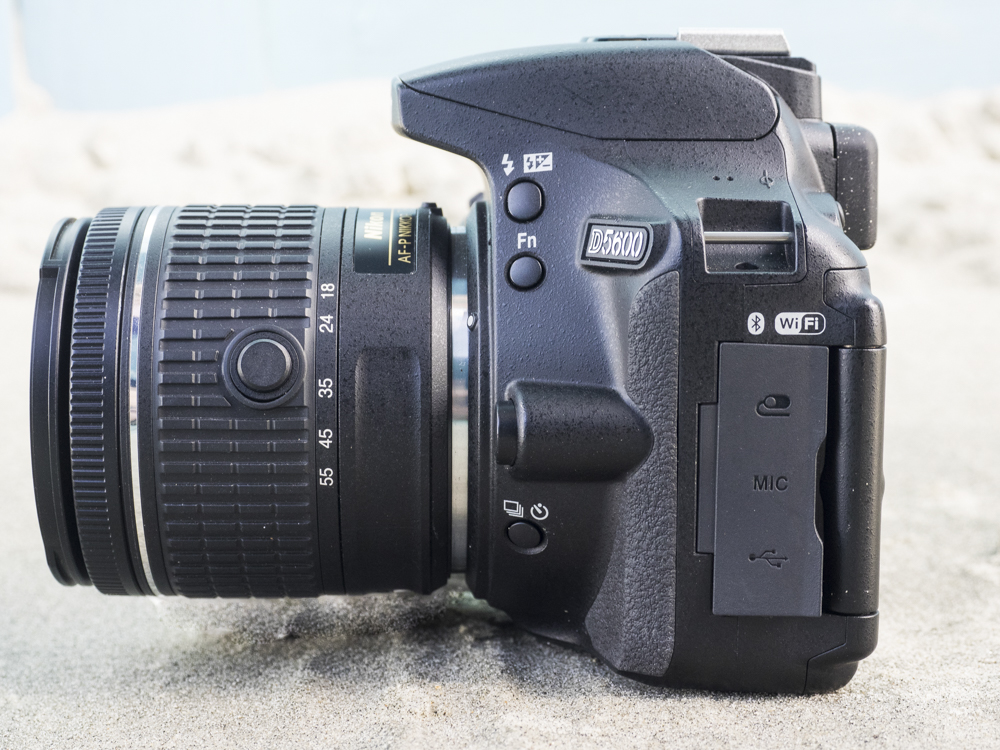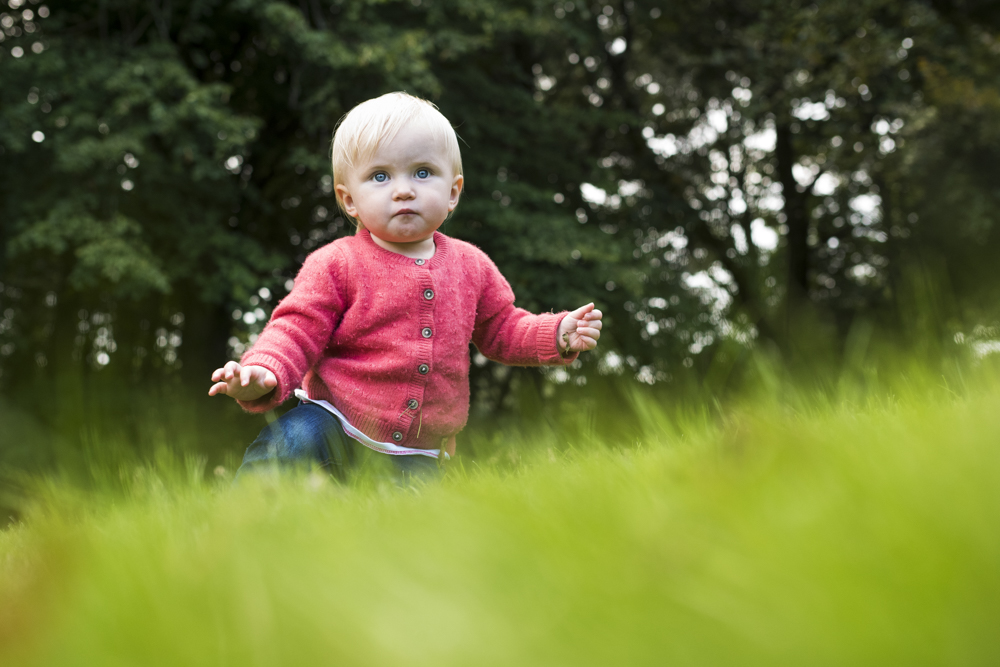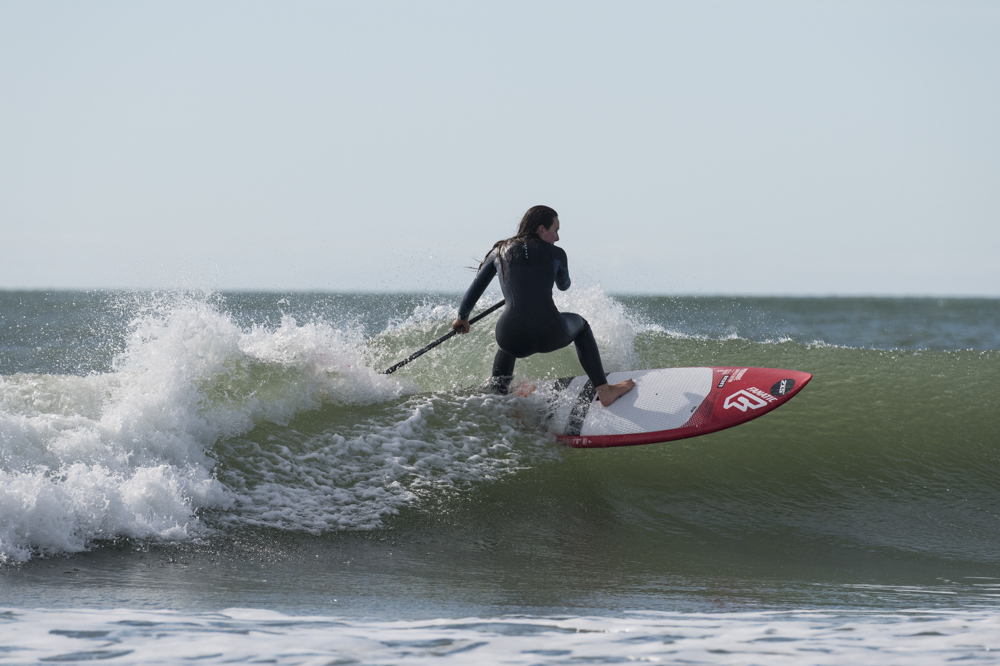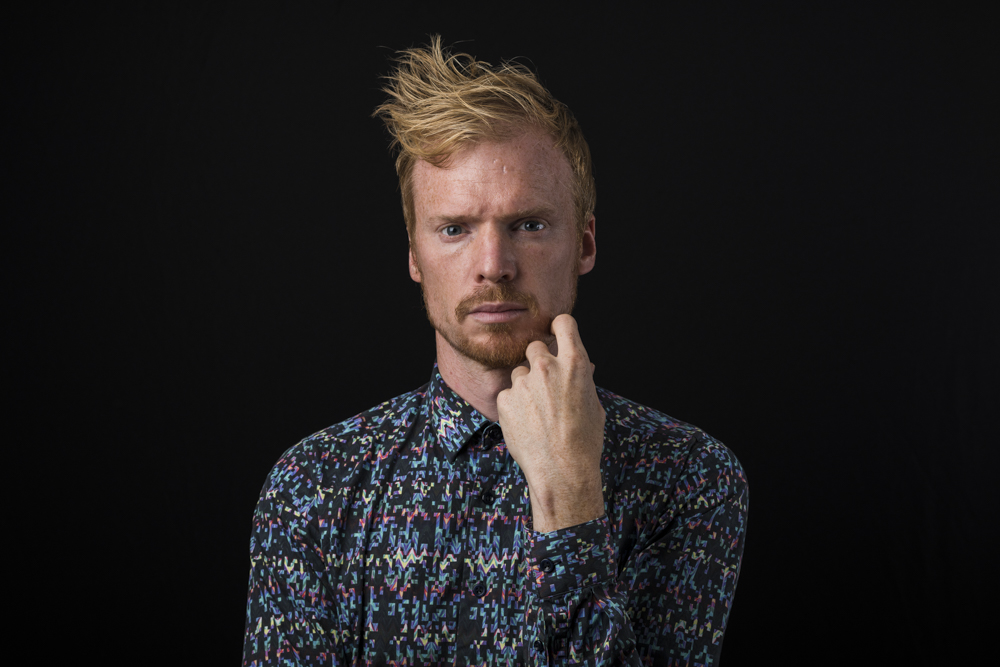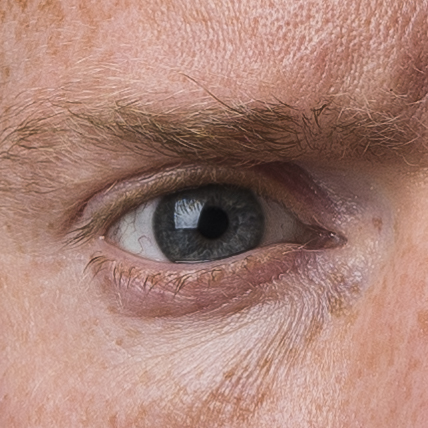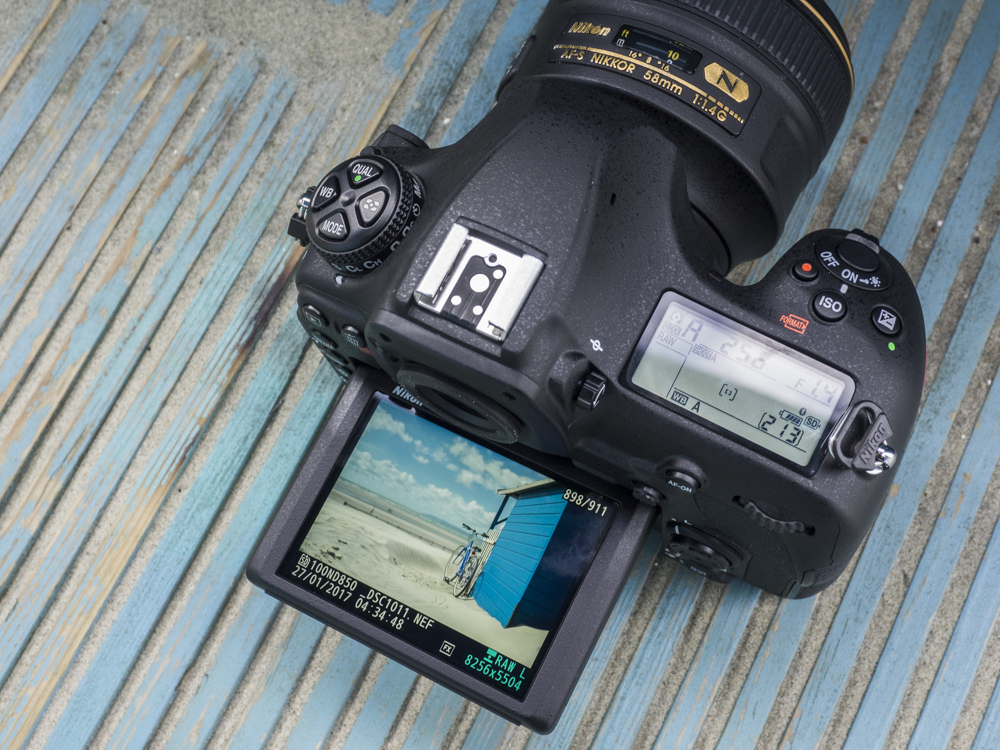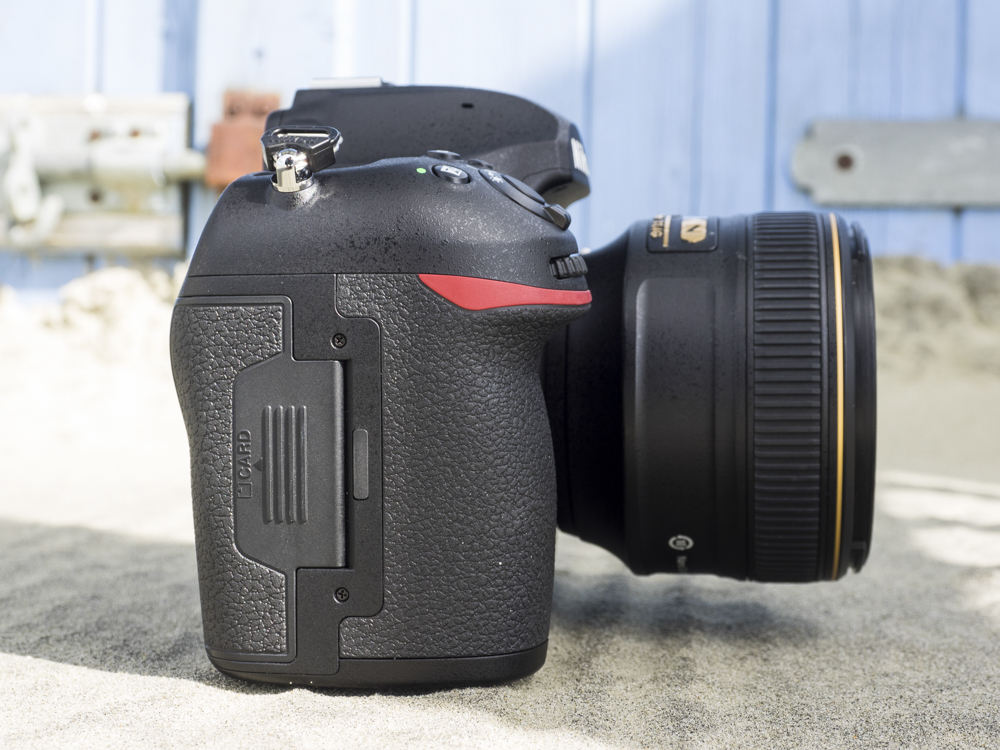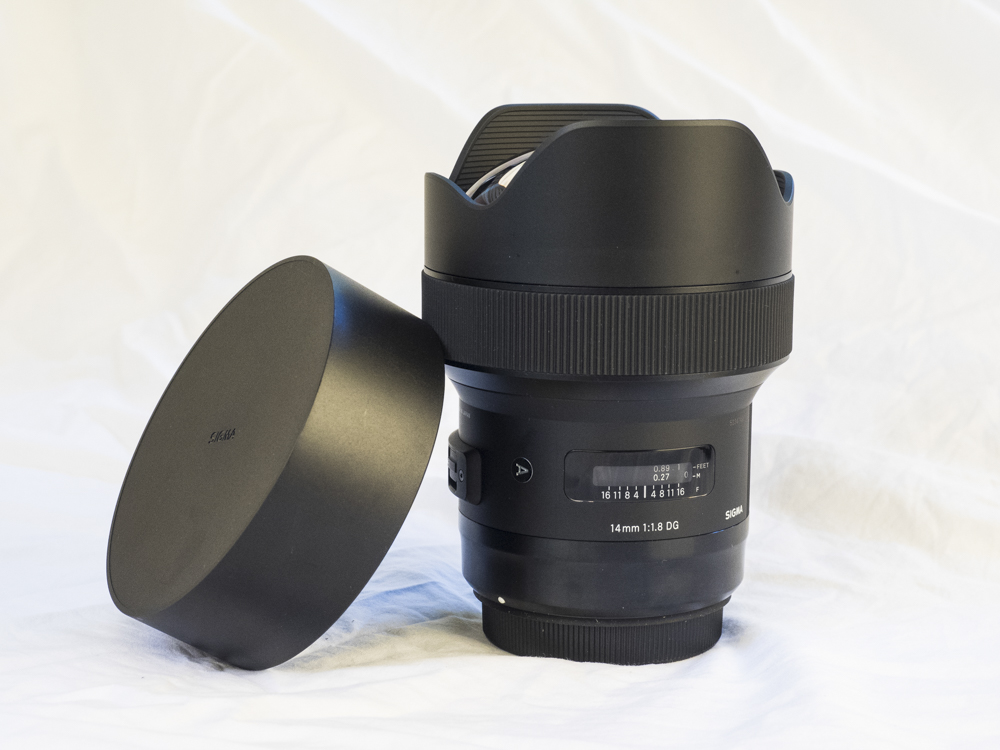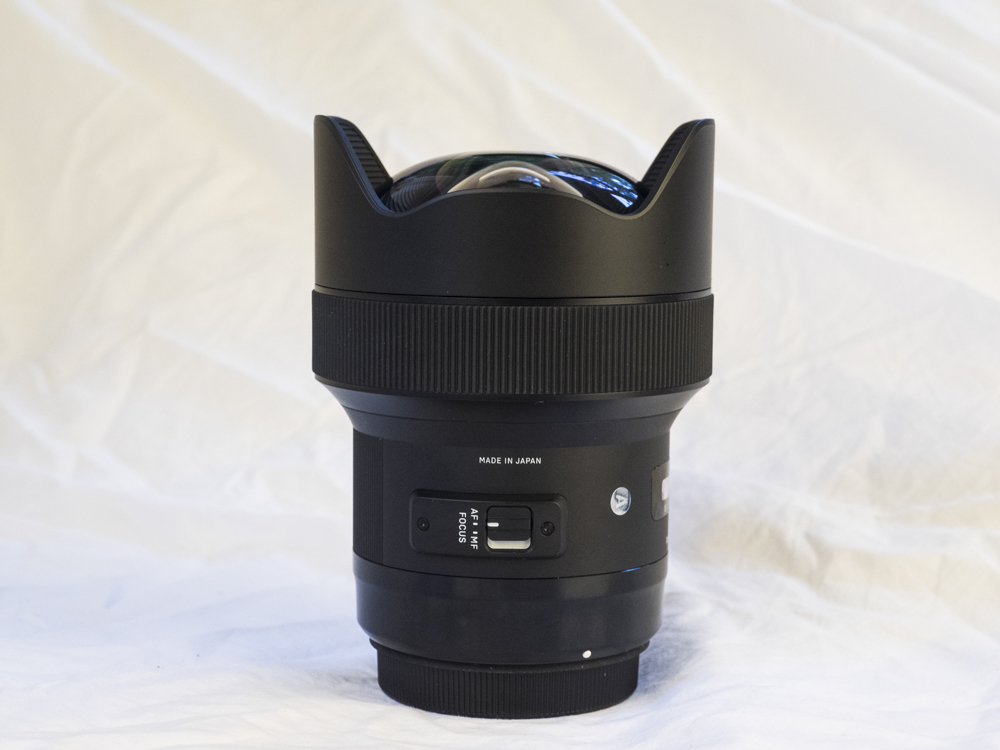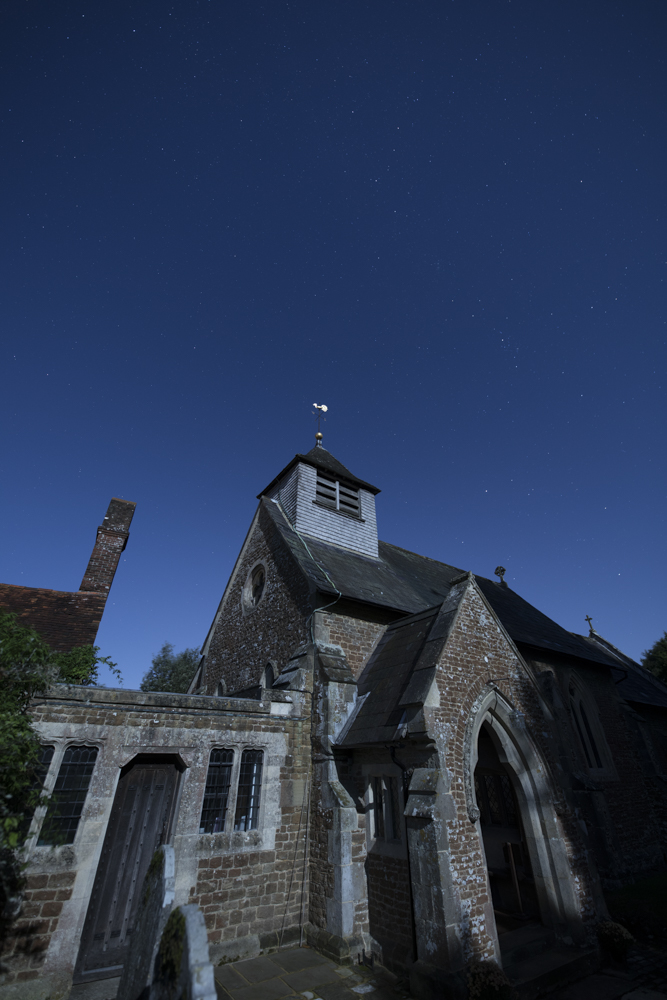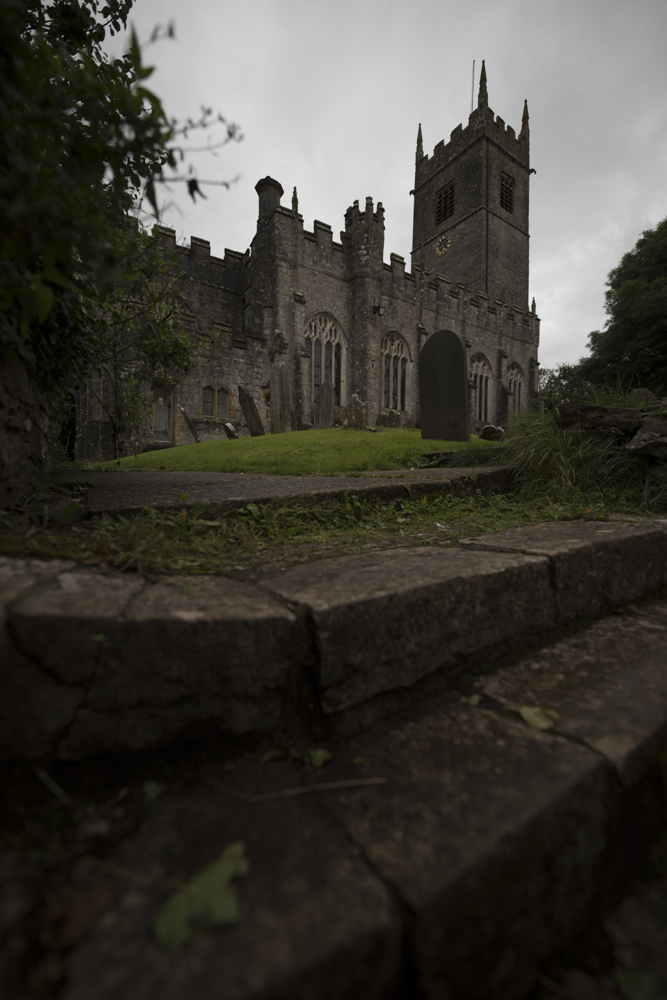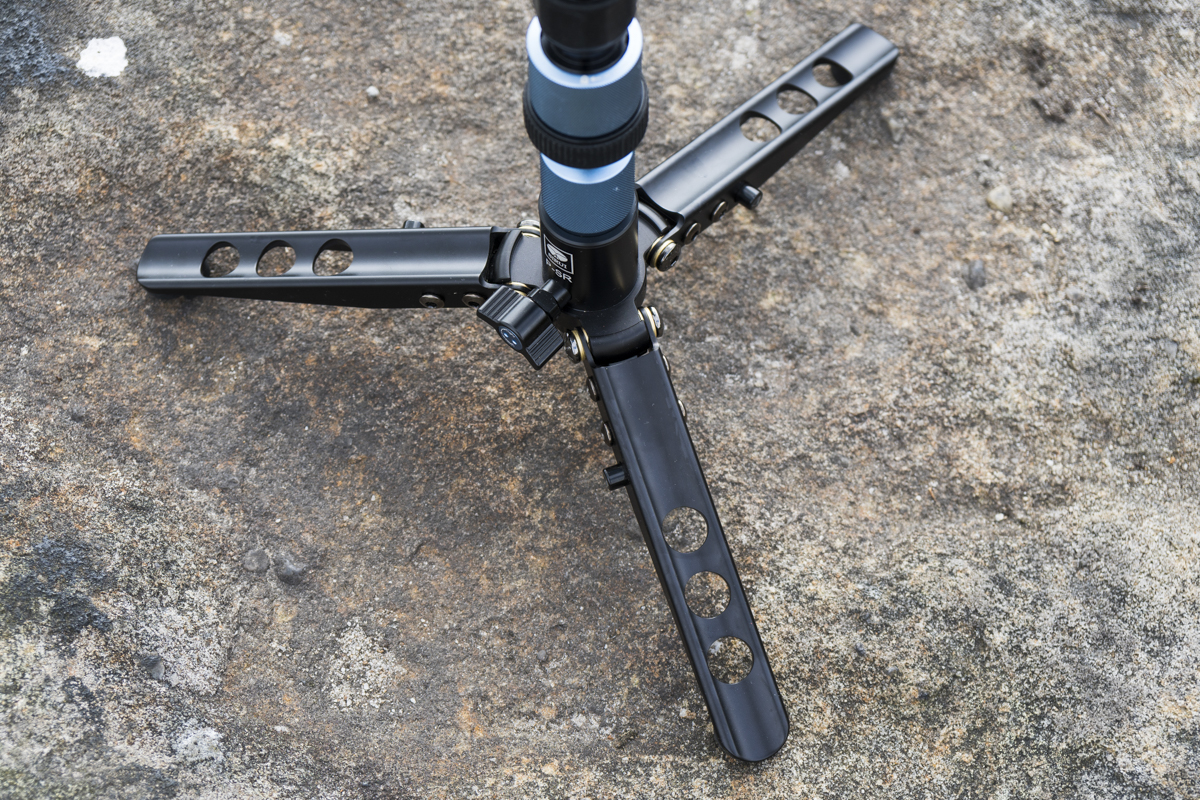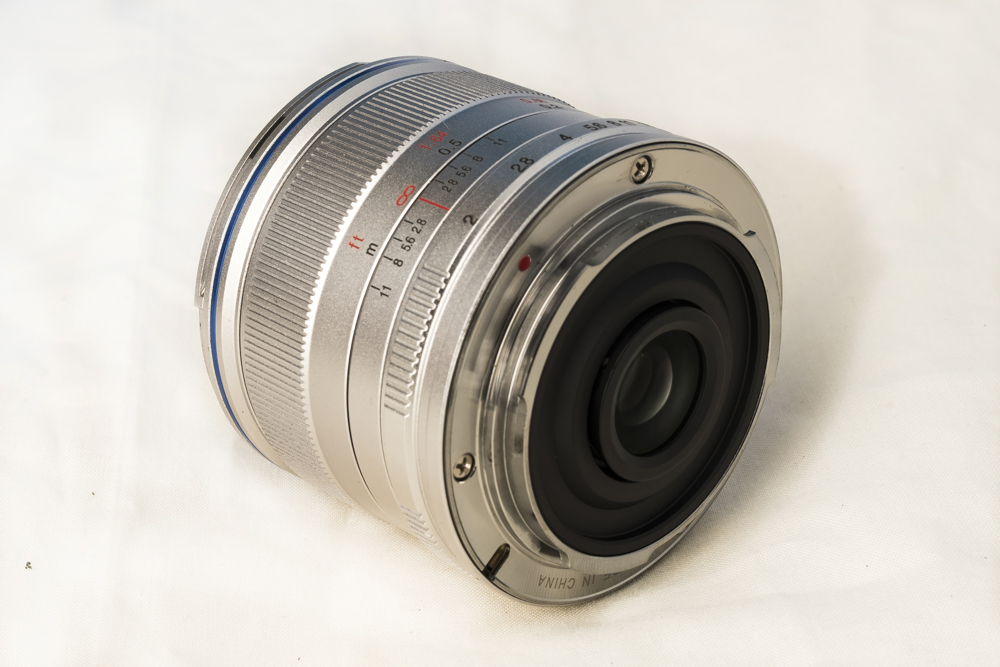I'm still waiting for the 'I am connected' Nikon slogan - surely the aptest for the Nikon D5600.
This is the sixth iteration of the well established Nikon D5000 series - a DSLR camera range with APS-C size sensor, one up from the entry-level model.
As far as improvements go, the D5600 is about as underwhelming as it gets. Really, the only difference between the new model and its predecessor is Bluetooth connectivity.
You’d be forgiven for thinking, ‘Is that it?'
It’s no bad things per se because the D5500 is a perfect entry-point to interchangeable lens cameras.
With 24.2-million-pixel sensor, 39-point phase detection AF and vari-angle 3.2in LCD touchscreen, the D5600 is hard to beat at this level.
Before a few more words and a link to my full review, these are my key points on the D5600:
For
- Impressive image quality especially in low light
- Big and vibrant tilt LCD touchscreen
- Small body with comfortable grip
- Excellent battery life
- Seamless auto-upload of web-ready images to phone via SnapBridge
Against
- Video AF remains behind competitors
- Not many reasons to pick this over cheaper predecessor
Build
If you’ve used a DSLR camera at all, especially one of the big boys, one of the most striking things about the D5600 is just how small and light it is. You’d struggle to find a smaller DSLR.
In fact, dimensions wise it's similar to the top-spec mirrorless cameras. Who said DSLRs are big and clunky? The D5600 also has a lovely textured grip with a deep recess. You’ll get a firm hold of the camera.
The D5600 is dominated by its rear 3.2in LCD touchscreen. It’s a lower resolution version of the wonderfully bright and vibrant display as found in Nikon’s latest and greatest DSLRs, but this one is a vari-angle screen. Its touch functions work really well.
You may forget that the D5600 has a through-the-eye viewfinder, which is the main reason DSLR cameras are larger than mirrorless cameras. The size of Nikon viewfinder displays increases as you move up the range.
At 0.82x magnification (that’s 0.55x full-frame effective), the D5600 display appears bigger than the one in the D3400, smaller than in the D7500 and positively dwarfed by the class-leading full-frame Nikon D850, which we have viewed side-by-side. For cameras this size, the through-the-eye viewfinder makes less sense.
One thing that has had no song and dance made out about it is the camera’s battery life. At this level, it is staggeringly good at 970-shots - a good 3x the life of a comparable mirrorless camera.
Bluetooth
All of Nikon's latest DSLRs feature built-in Bluetooth for an always-on connection. It works best by automatically sending low-resolution 2MP JPEG versions of all images to your smart device, immediately after they are taken.
Other features of Nikon's SnapBridge App leave a bit to be desired. Remote control and live view is confusing to start up
Features
It’s 'as you were' in the feature specification, which is no bad thing. The D5600 has the same 24.2-million-pixel sensor and EXPEED 4 processor as the D5500. The continuous high-speed shooting remains at a rather modest 5fps.
You’ll find other useful shooting modes, including time-lapse, intervalometer, but no panorama option. There are the usual beginner-friendly scene modes and picture effects, the latter of which we feel is now largely redundant, given how easy it is to connect to a smart device and find all those picture effects and more using image-editing apps.
No 4k video, but the camera offers full HD 1080p video recording at up to 60fps, with no sensor crop. You won’t find slow motion video modes at any resolution. Users can connect an external microphone, but as expected there is no headphone port.
When it comes to AF, Nikon has again forged a clear difference between its DSLRs. In the D5600, the phase detection AF is made up of a 39-point AF array, 9-points of which are cross-type. That’s more than the 11-AF points of the D3400 and less than the 51-AF points of the D7500.
Autofocus sensitivity is down to -1EV, which makes for sharp focusing in low contrast light, like a room in the house at night with the lights on. That’s not to the same level of the D7500, which has a -3EV sensitivity good for shooting under moonlight.
In live view, AF is a contrast detection based system, where the point can be selected anywhere in the frame by a touch of the LCD screen. In high-contrast light like outdoors during a bright day, AF is snappy. It’s in low contrast light where the system struggles, often hunting for the subject or even failing to latch on at all.





